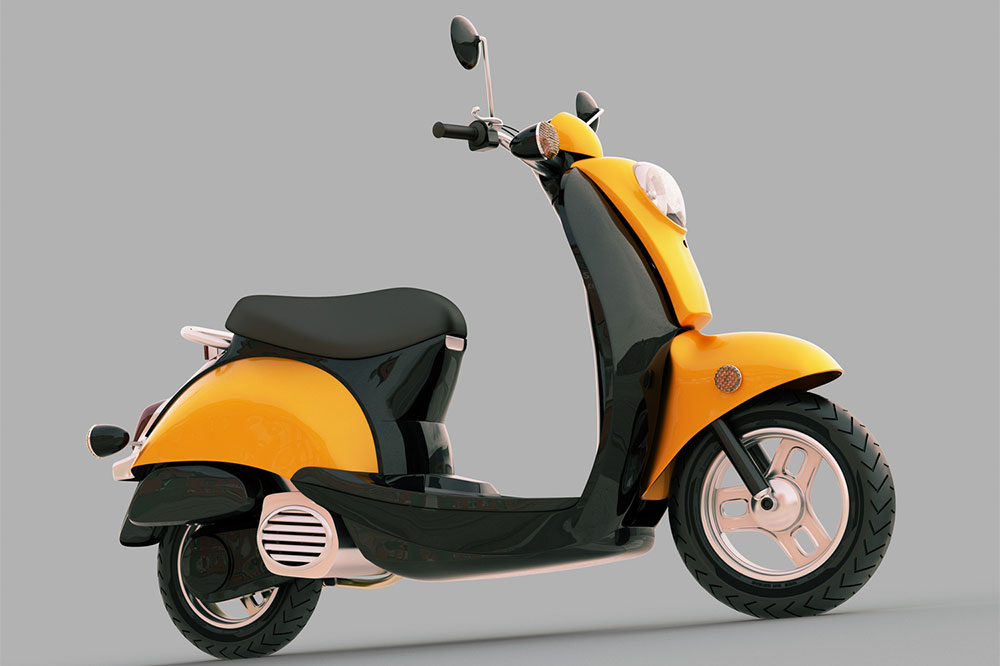Selecting the Ideal Personal Mobility Device: Electric Scooters vs. Motorized Wheelchairs
Discover the differences between electric scooters and motorized wheelchairs to make an informed choice. This guide highlights their features, benefits, and best-use scenarios, helping users select the most suitable mobility aid for their needs. Understand control mechanisms, portability, costs, and ideal environments for each device to enhance independence and mobility comfort.

Selecting the Ideal Personal Mobility Device: Electric Scooters vs. Motorized Wheelchairs
Personal mobility aids like electric scooters and motorized wheelchairs are vital tools that empower individuals with mobility challenges to move freely and confidently. These devices offer independent control over movement, designed to suit various needs and environments. Although they share common purposes, their designs and functionalities differ significantly. Understanding the features of each helps users choose the best option for their lifestyle. This article compares electric scooters and powered wheelchairs to guide your decision-making process.
Powered Wheelchairs
Also known as powerchairs or electric wheelchairs, these devices eliminate manual effort by utilizing battery-powered motors, making movement effortless for users with limited strength or dexterity.
Powerchair users can control the device with simple interfaces such as buttons, offering benefits like:
Longer travel distances
Easy maneuverability in tight spaces
Ability to handle uneven terrain
Compact storage and transport, especially if foldable
These are suitable for individuals with limited hand mobility or fatigue from using manual wheelchairs.Mobility Scooters
Electric scooters look similar to traditional scooters and provide a comfortable way to get around. Equipped with a battery, adjustable seat, and 2-3 wheels, they require users to steer with both hands and keep balanced. Ideal for those able to stand, sit, or walk short distances independently.
Electric Wheelchairs vs. Mobility Scooters
Both devices offer distinct advantages and limitations. Key differences include:
Control: Scooters need active steering and balancing, while wheelchairs are operated with minimal effort via buttons or finger controls.
Portability: Power wheelchairs are lightweight and foldable, making them easy to transport and store.
Cost: Basic powerchairs start around $600 with additional features increasing the price, whereas mobility scooters typically cost from about $300.
Application: Powerchairs are versatile for indoor, outdoor, and rough terrains, while scooters are better suited for longer outdoor trips.


